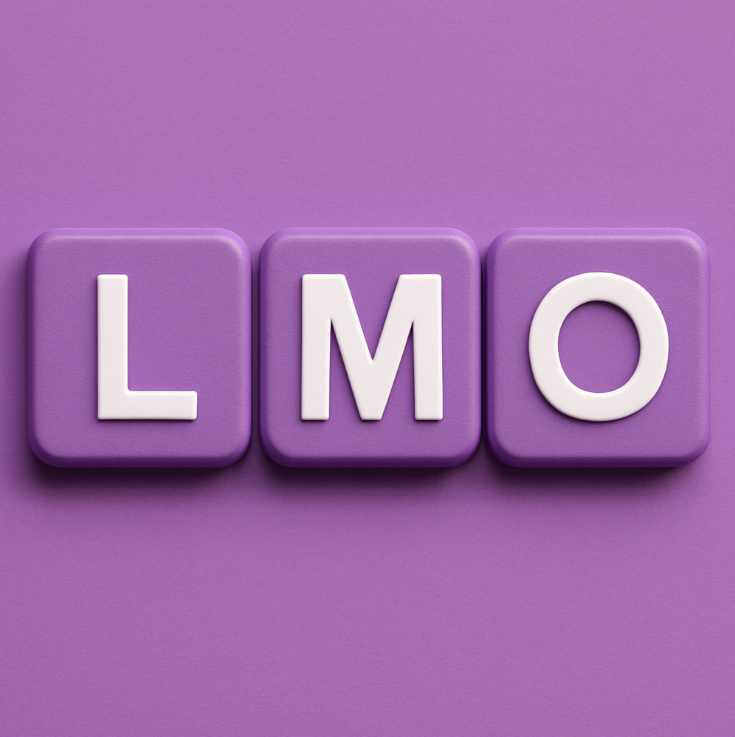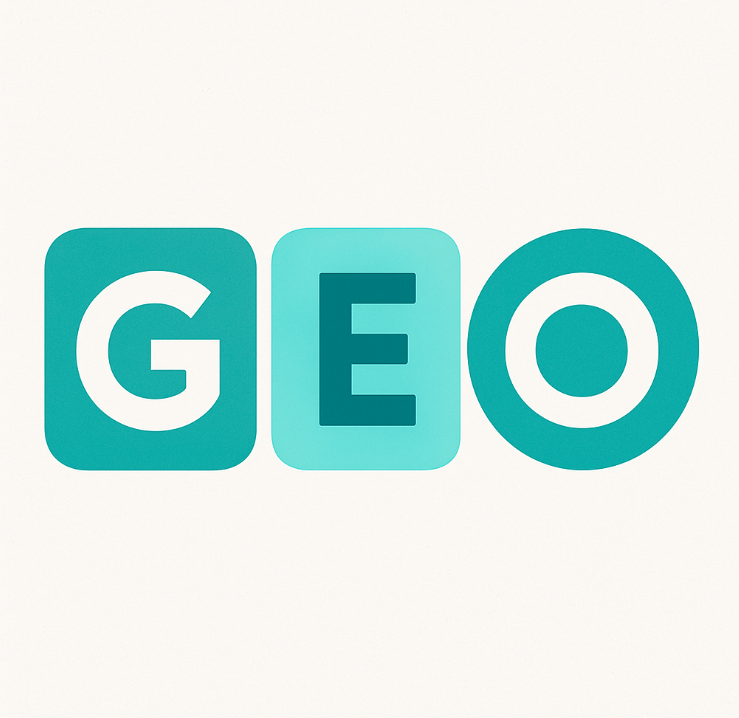Top ERP Systems in Ireland (2025)
The ERP platforms Irish businesses are choosing in 2025, and what to consider before you decide.

Congratulations.... You’re Outgrowing Your First System
You’ve found yourself in the great position of needing to manage a successfully growing company.
For many SMEs, their business starts out running on Sage 50, QuickBooks, Xero, or even Excel spreadsheets. And, these tools have served you well up to this point. They keep the books in order, help manage day-to-day transactions, and are familiar and affordable.
But growth brings new pressures. Multiple entities, real-time reporting, stock management, compliance, and the need for systems that talk to each other. When it feels a little like you're losing control, that’s usually when you know it’s time to move from “entry-level accounting” into a mature ERP system that supports scale.
Why Choosing the Right ERP System Matters for SMEs
There's no two ways about it. For SMEs, selecting an ERP system is daunting. It's not just the technology, it’s the fact it's a strategic decision that impacts efficiency, compliance, and growth.
The wrong choice can tie up cash, frustrate staff, and create bottlenecks that limit expansion. The right system, on the other hand, becomes an enabler: it connects finance, sales, production, and logistics into a single source of truth, helping teams move faster and with fewer errors.
What Is an ERP System again?
I didn't want to go any further in this article without reminding ourselves on what an ERP is. It stands for Enterprise Resource Planning. Pretty abstract isn't it? So what is it REALLY?
It’s business management software that integrates core functions like finance, sales, inventory, production, logistics, and HR into one connected system.
For SMEs, the value of ERP is having a single source of truth (SSOT), where data flows across departments in real time, reducing duplication, cutting errors, and giving leaders accurate insight to make decisions.
The ERP Platforms Irish SMEs Are Choosing in 2025
Based on what we’re seeing in the Irish market, the better-known ERP platforms for scaling SMEs include:
- Oracle NetSuite – cloud-first, broad functionality, good for growing service and product companies.
- Epicor – widely used in manufacturing and distribution, strong production functionality.
- SAP Business One – strong finance, stock, and reporting features, designed for SMEs.
- Microsoft Dynamics 365 Business Central – flexible, integrates well with Microsoft tools, solid choice for SMEs.
- Sage Intacct – cloud finance system, competitive for SMEs moving up from Sage 50.
These are very different platforms — and that’s exactly why defining your requirements first is so critical. Without clarity on what your business needs, vendor demos risk turning into beauty contests rather than sound decision-making. Too often, choices get made on the strength of the salesperson’s pitch in the ERP Vendor demo, rather than the business needs. And remember: just because you like Sammy Salesman’s cheeky smile, it’s highly unlikely you’ll be seeing him again once the ink is dry on that contract.
Beyond the Sales Pitch: Sizzle vs. Sausage in ERP Demos
There’s a saying in sales: “Sell the sizzle, not the sausage.” That works well for sales teams, but when you’re evaluating ERP software, you need to look past the sizzle.
Flashy dashboards, AI-driven insights, and “bells and whistles” features can be appealing in vendor demos. But unless those functions directly support your business processes, you risk the product becoming an expensive ill fitted solution.
The priority for SMEs is to distinguish between showpiece features and the core ERP capabilities. Like finance integration, real-time reporting, and inventory control, that will actually drive efficiency and growth.
Long before you agree to a demo, you need a clear list of what the system HAS TO DO, in order to deliver. That's hard though. How can you tell what you need if you don't know what you need?
That’s where structured discovery comes in... mapping your current processes, identifying gaps, and translating them into must-have ERP requirements.
Defining ERP Needs When You Don’t Know What’s Possible
Our clients work with us because we know what ERPs can do, but more importantly, we know how to extract what their business actually needs to achieve when selecting an ERP.
Most growing SMEs who haven't used one before, don’t have a detailed understanding of ERP functionality, they never needed to know before. Now that the time has come to grow, and it's obvious the current system isn't working any more, what we need now is clarity on pain points, inefficiencies, and growth ambitions.
From there, it’s about translating business outcomes into system requirements.
That’s where structured discovery workshops come in.
By mapping how work is done today, capturing bottlenecks, and agreeing the outcomes that matter, you create a framework for evaluating ERP vendors. Instead of being led by a vendor’s sales pitch, you can measure each option against what your business really requires.
Funding the ERP Journey: Enterprise Ireland and More
For Irish SMEs, the cost of ERP implementation can feel daunting. Some pricing may even seem eye-wateringly high. You'd be forgiven for wondering if the solution will transform the business or put a noose around your neck.
The good news? Enterprise Ireland and other agencies provide funding supports that cover far more than licences. Discovery workshops, project management, training, and even vendor selection can all be part-funded.
A lot of businesses miss out on this support simply because they don’t know it exists, or they assume the process is too complex. Building the funding pathway into your ERP project plan from day one reduces the net cost and keeps momentum strong.
Making ERP Decisions on the Right Basis
Choosing an ERP system isn’t about who gave the flashiest demo or offered the deepest discount. It’s about aligning the platform with your processes, compliance needs, and growth ambitions.
A sound selection process focuses on:
- Requirements clarity – what the system must deliver.
- Fit-gap analysis – where vendors align (or don’t) with your processes.
- Integration capability – ensuring finance, operations, and sales data flow seamlessly.
- Total cost of ownership – licences, implementation, training, and ongoing support.
- Scalability – confidence the system won’t need replacing in three years’ time.
Final Word: Take Control of Your ERP Selection
If you’ve outgrown Sage 50, QuickBooks, or spreadsheets, you’re in the right place. Growth is a great problem to have. The challenge is making sure the ERP system you choose supports your business today and gives you the foundations for tomorrow.
At Right Hand Consulting, we help SMEs with grant funding to set the ball in motion. Then map their current processes and define clear ERP requirements. We’ve got your back through the vendor selection process, cutting through sales spin and focusing on what really matters for your business. While you’re dealing with today’s challenges, we’ll also keep an eye on the future... ensuring the system you choose can scale with you.
And it’s not just ERP systems we help with. Sometimes the need includes a requirement for something more specific, like software to connect the scales on the factory floor, to integrate labelling, or to streamline quality reporting. Whatever the requirement, the approach is the same: define the need first, then find the right solution(s).
The result? Better choices, lower risk, and a smoother ERP journey.
If this sounds familiar, maybe it’s time we talked.
Contact Us










